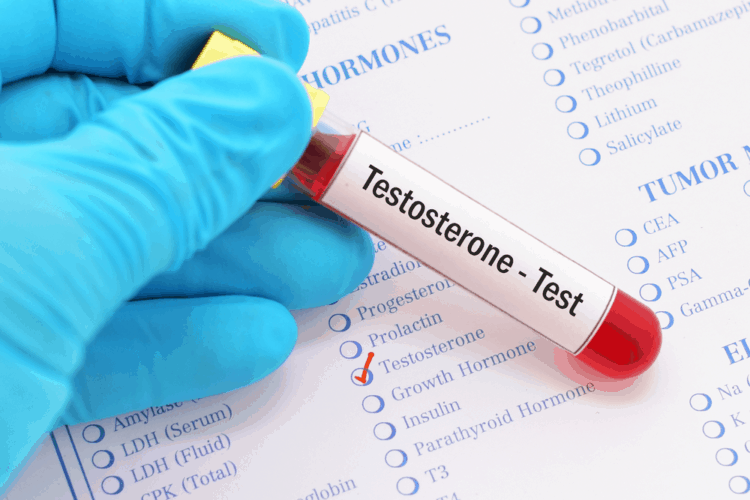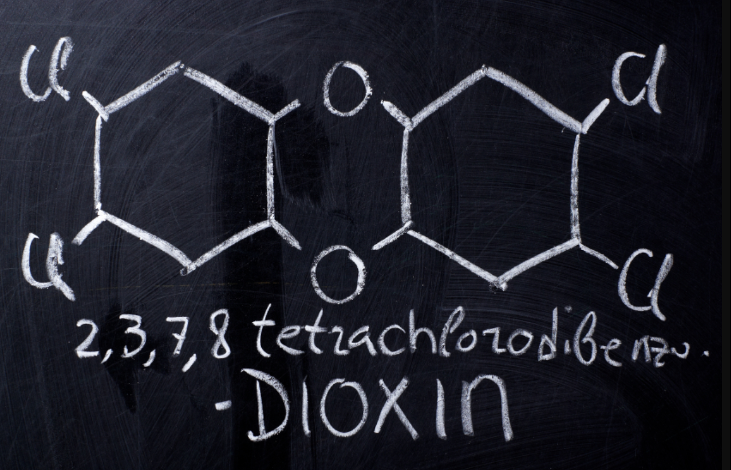Abstract
Dioxins have been suspected to be potential substances causing endocrine disruptions in humans. We are conducting the research in one of three dioxin exposure areas (hotspots) in Vietnam. We previously reported that the salivary dehydroepiandrosterone (DHEA) level decreased in 3-year-old Vietnamese children and that it was significantly inversely correlated with polychlorinated dibenzodioxin/dibenzofuran levels in their mother’s breast milk. In this study, we investigated the influence of exposure to dioxin on steroid hormone biosynthesis in the same children when they reached 5 years of age, focusing on androgens. Thirty-five and 50 mother-child pairs from dioxin hotspot and non-sprayed areas, respectively, participated in this study. Maternal breast milk was donated at 4 to 16 weeks postpartum in 2008 to measure dioxin levels by gas chromatography/high-resolution mass spectrometry. Serum was collected from 5-year-old children in 2013. Seven steroid hormones were measured by liquid chromatography/mass spectrometry. Most dioxin congeners in breast milk were 2- to 10-fold higher in the hotspot than in the non-sprayed area. DHEA and testosterone (T) were significantly lower in the hotspot and showed negative correlations with most dioxin congeners. Similar results were observed for the activities of cytochrome P450-17, 20 lyase (CYP17 lyase), and 17β-hydroxysteroid dehydrogenase (HSD). Conversely, the elevated androstenedione (A-dione) level and 3β-HSD activity in children from the hotspot were positively correlated with dioxin levels. Moreover, a positive correlation was shown between T and 17β-HSD. It is possible that dioxin inhibits 17β-HSD activity, leading to a decrease in the T level. Multiple regression analysis indicated that dioxin had a strong association with the DHEA, A-dione, and T levels. In conclusion, the present study suggests that dioxin is associated with low levels of DHEA and T and inhibition of the activity of steroidogenic enzymes such as CYP17 lyase and 17β-HSD in 5-year-old children.


